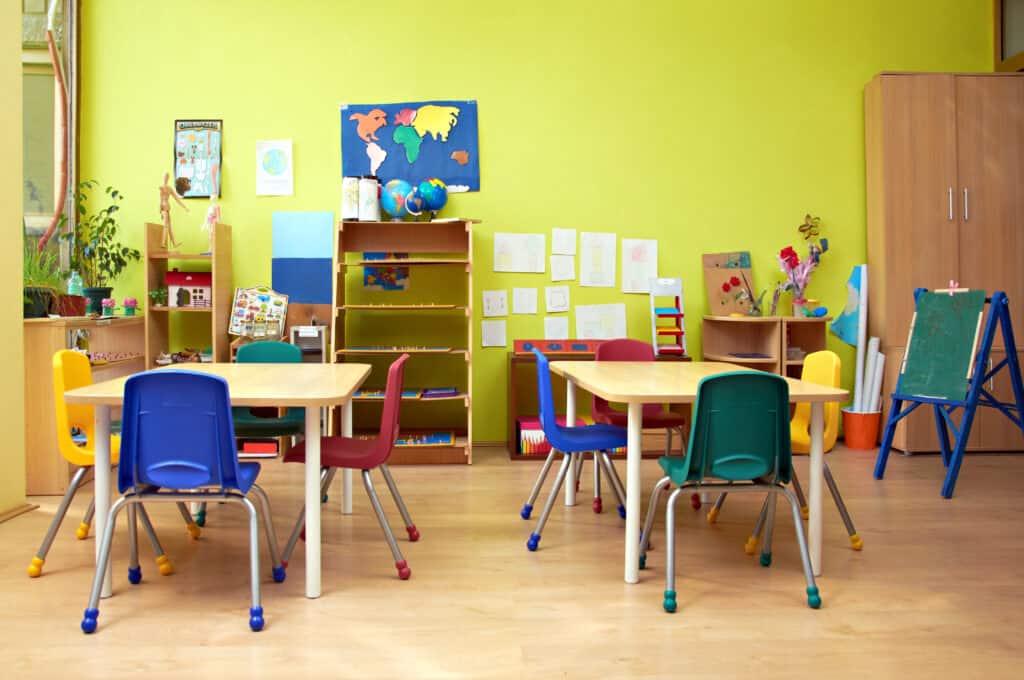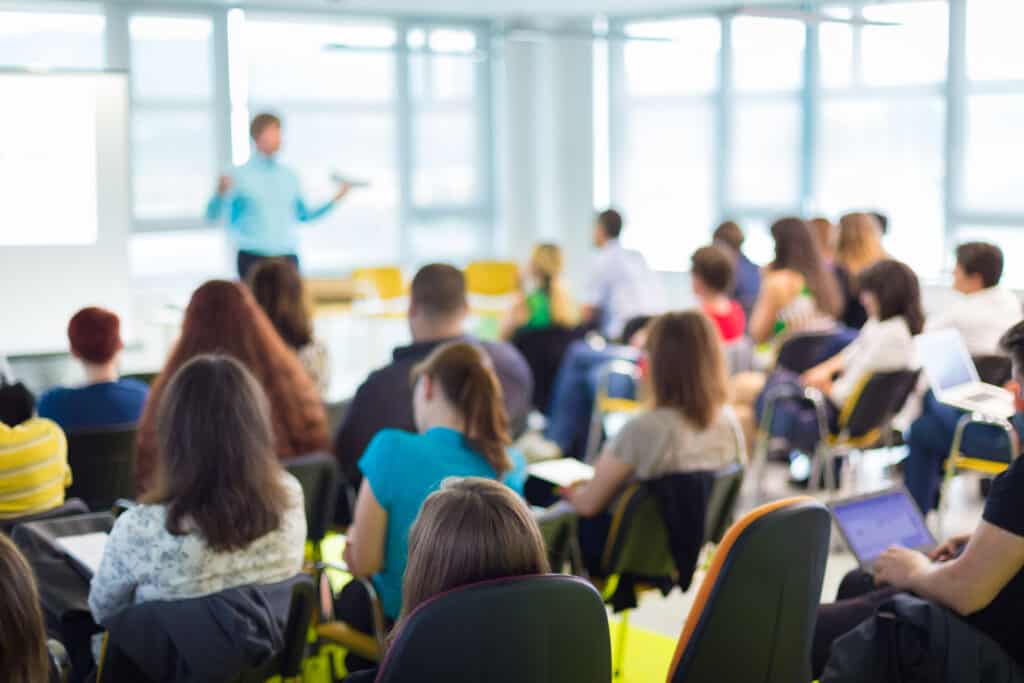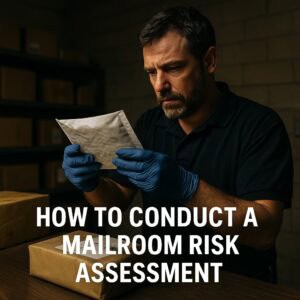The topic of school safety has become increasingly more important due to horrible incidents that have occurred within our schools.
As a result, the concept of integrating hard corners or safe rooms in classrooms has emerged as a popular discussion point.
Both options aim to enhance the safety and security of students and staff, but the debate continues on which approach is more effective.
Hard corners are designated areas in classrooms that are not visible from door openings or windows.
Students and teachers can take cover in these spaces to remain hidden and protected during an emergency or threat situation.
On the other hand, safe rooms are designed as separate, secure areas equipped with reinforced walls, limited entry points, and communication systems, providing a higher level of protection in extreme situations.
The primary question surrounding the debate of hard corners versus safe rooms is which method offers the most effective protection while ensuring minimal disruption to the educational environment.
As schools and communities continue to explore and implement safety measures, understanding the pros and cons of each option will be crucial in determining the best approach for each individual situation.
Hard Corners vs. Safe Rooms: An Overview
Definition of Hard Corners
Hard corners are specific areas within classrooms or rooms where occupants, such as students and teachers, are not visible from hallways, windows, or door openings.
These corners utilize angles to conceal occupants from potential threats outside the classrooms by being hidden from their line of sight.
Implementing hard corners in classrooms is a strategy aimed at increasing school safety, particularly in cases of active shooters or other intruders.
Definition of Safe Rooms
On the other hand, safe rooms are hardened structures specifically designed to provide near-absolute protection in extreme events, including tornadoes, hurricanes, and even situations involving an active shooter at a school.
These rooms meet the Federal Emergency Management Agency (FEMA) criteria and can vary in size, shape, and location within a building.
Safe rooms are often constructed with reinforced walls, floors, and ceilings to withstand various types of impact and penetration, making them a more robust solution for school safety when compared to hard corners.
Both hard corners and safe rooms aim to protect occupants during emergency situations.
Hard corners provide an easier and cost-effective solution by selecting specific areas within classrooms to keep students and teachers out of the line of sight from potential threats.
Safe rooms, though more expensive to build and maintain, offer a more comprehensive level of protection by physically separating occupants from the dangers outside.
Implementation of Hard Corners and Safe Rooms in Schools
Benefits of Hard Corners
As mentioned above, hard corners are sections of a room or classroom where occupants are not visible from the hallway through openings like windows or doors.
They offer a simple yet effective way to enhance school safety.
One of the key benefits of hard corners is that they provide a safe space for students and teachers during a lockdown or emergency situation.
By being outside the line of sight, the likelihood of being targeted is potentially reduced.
Another advantage of hard corners is that they are relatively easy and cost-effective to implement in classrooms.
Designating a specific area within a room as the hard corner only requires minimal adjustments to the arrangement of desks, furniture, and other items.
Furthermore, no additional structural changes are needed to create a hard corner within an existing classroom.
Benefits of Safe Rooms
Safe rooms, on the other hand, are specially designed rooms that provide a higher level of protection and security during emergencies, such as natural disasters or school shootings.
The main advantage of safe rooms is that they offer a higher degree of protection when compared to hard corners.
By design, safe rooms create a secure and separate environment for students and teachers, ensuring their safety during an emergency.
This can, in turn, contribute to a stronger sense of security and peace of mind for both students and staff.
Moreover, the presence of a communication system in safe rooms, such as an intercom or phone line, can facilitate reliable communication with the outside world or emergency services.
Challenges in Implementation
Despite their respective benefits, implementing hard corners and safe rooms in schools can present several challenges.
One of the main issues in the implementation of hard corners is raising awareness and ensuring that all students and staff understand their purpose and location.
This often requires clear visual markers and ongoing training and drills for both students and teachers.
In the case of safe rooms, the challenges are often related to the cost and logistics of construction.
Creating a safe room in a school requires considerable investment in materials and specialized labor.
Additionally, retrofitting an existing classroom to serve as a safe room can be time-consuming and costly.
Furthermore, the implementation of safe rooms in schools must account for factors such as accessibility and the ability to accommodate all students and staff members in case of an emergency.
Both hard corners and safe rooms offer valuable options for enhancing school safety.
The choice between the two strategies depends on factors such as budget, the existing infrastructure of a school, and the level of protection and security desired during emergencies.
By carefully considering these factors, schools can determine the most suitable approach for their unique needs and ensure the safety and well-being of students and staff.
Case Studies: Parkland and Other School Shootings
Marjory Stoneman Douglas High School Shooting
The 2018 mass shooting at Marjory Stoneman Douglas High School in Parkland, Florida is a critical case to study when discussing school safety measures.
A lack of “code red” training and designated safe spaces, or “hard corners,” in classrooms, contributed to the casualties during the incident.
The Marjory Stoneman Douglas High School Public Safety Commission was established after the shooting to analyze the events leading up to it and identify opportunities for intervention.
When discussing hard corners and safe rooms, the Parkland shooting is often cited as an example of how such strategies could have been beneficial.
Other Notable School Shootings
Other school shootings, such as the Oxford High School shooting, highlight the importance of having appropriate safety measures in place.
In these instances, school leaders should take cues from experts and adopt a data-driven approach to school safety, rather than focusing on political agendas.
Here are a few notable school shootings that can provide valuable insights into school safety measures:
- Columbine High School (1999): As one of the most infamous school shootings in history, the Columbine High School massacre led to the deaths of 13 people and injured 24 others. The event raised awareness about school violence and influenced how schools prepare for and respond to similar incidents.
- Sandy Hook Elementary School (2012): The tragic shooting at Sandy Hook Elementary School resulted in the deaths of 20 children and six staff members. This incident further emphasized the need for improved security measures in schools, including lockdown procedures and mental health support for students.
- Santa Fe High School (2018): The shooting at Santa Fe High School in Texas resulted in the deaths of 10 people and injuries to 13 others. The event highlighted the need for secure entrances, efficient communication systems, and effective lockdown procedures to protect students and staff during emergencies.
The response to these school shootings underscores the importance of making informed decisions regarding school safety strategies.
Stringent security measures, including lockdown drills, ensure that schools can respond effectively during incidents and minimize harm to students, staff, and the broader community.
Recommendations and Best Practices

Public Safety Commission’s Guidelines
The Public Safety Commission has released guidelines for schools to follow in order to enhance safety within classrooms.
One of the recommendations is to establish “hard corners” in every classroom which is set at an angle that would prevent anyone firing a gun through the door from hitting anyone in the hard corner.
In addition, the commission suggests having regular drills at schools to ensure students and staff are familiar with emergency procedures.
These drills are requirements in most places.
Drills should consider whole-school safety plans involving law enforcement and the community when feasible.
Additional Recommendations for Schools
Apart from the guidelines provided by the public safety commission, schools can take additional steps to improve safety.
- Collaboration with law enforcement: Schools can work closely with local law enforcement.
- Parent and community involvement: Engaging parents and the community can help create a safer environment for students.
- Safe room construction: In contrast to hard corners, schools may consider constructing safe rooms that are specifically designed to provide near-absolute protection during extreme weather events or other emergencies. These rooms, however, would require significant planning and resources, making their integration dependent on each school’s unique situation and budget.
- Planning and continual evaluation: Schools should always maintain and update a comprehensive safety plan. Periodic reviews of procedures, personnel, and resources should be conducted in collaboration with law enforcement and other stakeholders like parents, teachers, and the community.
With these recommendations and best practices, schools across the nation can work towards a safer environment for students, staff, and families alike.
Technological Advancements and Additional Measures
Bulletproof Glass and Other Technologies
In recent years, schools have increasingly focused on implementing safety measures such as bulletproof glass to enhance security.
Bulletproof glass is designed to resist penetration from gunshots and can be an effective way to protect students during an active shooter situation.
In addition to bulletproof glass, many schools have installed entry control equipment, metal detectors, and video surveillance systems to prevent and respond to potential threats.
Technology can also be used to improve communication between staff and first responders during emergencies.
For instance, some schools utilize digital platforms that enable staff to notify emergency medical services (EMS), fire departments, and law enforcement about ongoing incidents.
Moreover, integrating training programs on campus can help staff and students better understand how to respond to different scenarios.
Comprehensive training may include topics such as mental health services, gun laws, and first responder procedures.
Forced-Entry Resistant Film
In addition to bulletproof glass, schools may consider forced-entry resistant film as an added security measure.
This protective film is applied to existing glass and can help delay or prevent unauthorized entry by making it more difficult to break through windows or doors.
This extra time allows for students and staff to enact safety protocols, such as barricading themselves in hard corners or safe rooms, and provides first responders with more time to arrive on the scene.
It is essential to find a balance between creating a welcoming learning environment and implementing necessary safety measures.
Incorporating technology and other defensive measures in schools can help minimize the impact of potential threats while maintaining a focus on education.
Remember, implementing these measures should be done cautiously, as their effectiveness may vary.
Each school may need to consider factors such as its size, location, and available resources when deciding which safety measures to use.
The most critical aspect is to remain proactive in fostering a safe and secure learning atmosphere in America’s schools.
Final Thoughts
Hard corners and safe rooms are both strategies aimed at increasing school safety during potential crisis situations like active shooter events.
Examining the benefits and drawbacks of each option can help schools make informed decisions on how to best protect their students and staff.
Hard corners refer to designated areas in classrooms where students and staff can take cover, hidden from sight and out of the line of fire.
They are easy to implement in existing classrooms, providing a simple and cost-effective solution for schools.
However, the effectiveness of hard corners relies on the ability of students, staff, and first responders to quickly and consistently identify and utilize these designated areas during an emergency.
Safe rooms, on the other hand, are specially designed and constructed spaces that provide enhanced protection from various threats, including gunfire, natural disasters, and intruders.
While more secure and potentially life-saving, the implementation of safe rooms in schools comes with greater financial and logistical challenges, making it a less feasible option for some institutions.
While selecting the most suitable option for school safety largely depends on the specific needs and circumstances of each school, ongoing assessments and collaboration between school administration, safety officials, and community members can lead to an informed choice.
Ultimately, the priority is the safety and well-being of students, faculty, and staff in educational environments.






